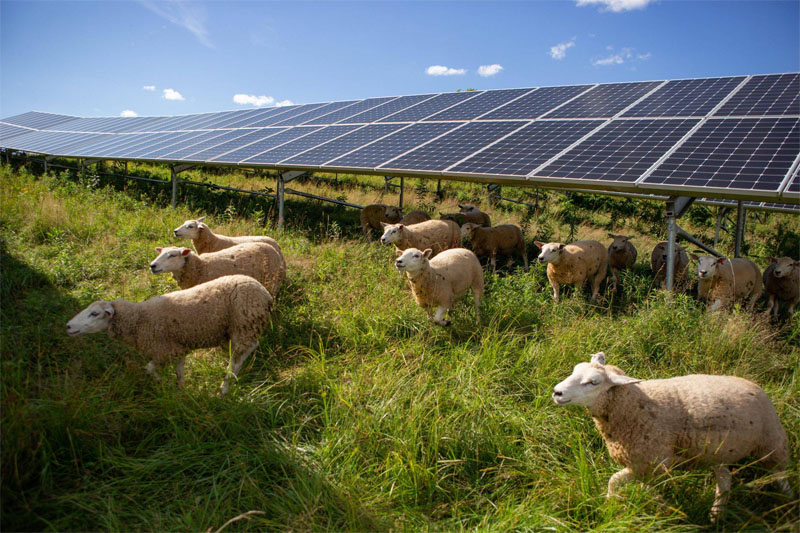Agrovoltaics is an innovative agricultural practice that combines solar photovoltaic systems with crop cultivation, creating a symbiotic relationship between solar energy and crops. This design optimization approach not only enhances land utilization efficiency but also increases crop yield and quality.
Agrovoltaics involves installing solar panels above agricultural fields to create a shading structure that provides an ideal growth environment for crops. These solar panels not only generate electricity but also regulate factors such as temperature, humidity, and light, ensuring optimal conditions for crop growth.
Here we'll discuss strategies for optimizing this symbiotic system and optimization strategies for agrovoltaics design:
1. Light and shade management: Proper layout and tilt angle of solar panels ensure sufficient sunlight exposure for crops, minimizing the impact of shading on crop growth.
2. Water resource management: Effective irrigation systems and soil moisture monitoring are essential for efficient water management in Agrovoltaics, ensuring the water needs of crops are met.
3. Crop selection and cultivation management: Based on the shading intensity of solar panels and the growth characteristics of crops, suitable crop varieties are selected, and scientific cultivation practices are implemented to maximize crop yield and quality.
Agrovoltaics is an innovative agricultural practice that integrates solar energy and crop cultivation, creating a symbiotic relationship that enhances land utilization efficiency and increases crop yield and quality. Through proper design optimization and management strategies, the benefits of agrovoltaics systems can be further enhanced, contributing to sustainable agricultural development. Cowell offer high quality agricultural farmland mounting system, contact us if you need any help.


 M-F 9AM to 6PM
M-F 9AM to 6PM  admin@cowellxm.com
admin@cowellxm.com
 326, No.580 Jiahe Road, Huli District, Xiamen City,Fujian Province, China.
326, No.580 Jiahe Road, Huli District, Xiamen City,Fujian Province, China.




